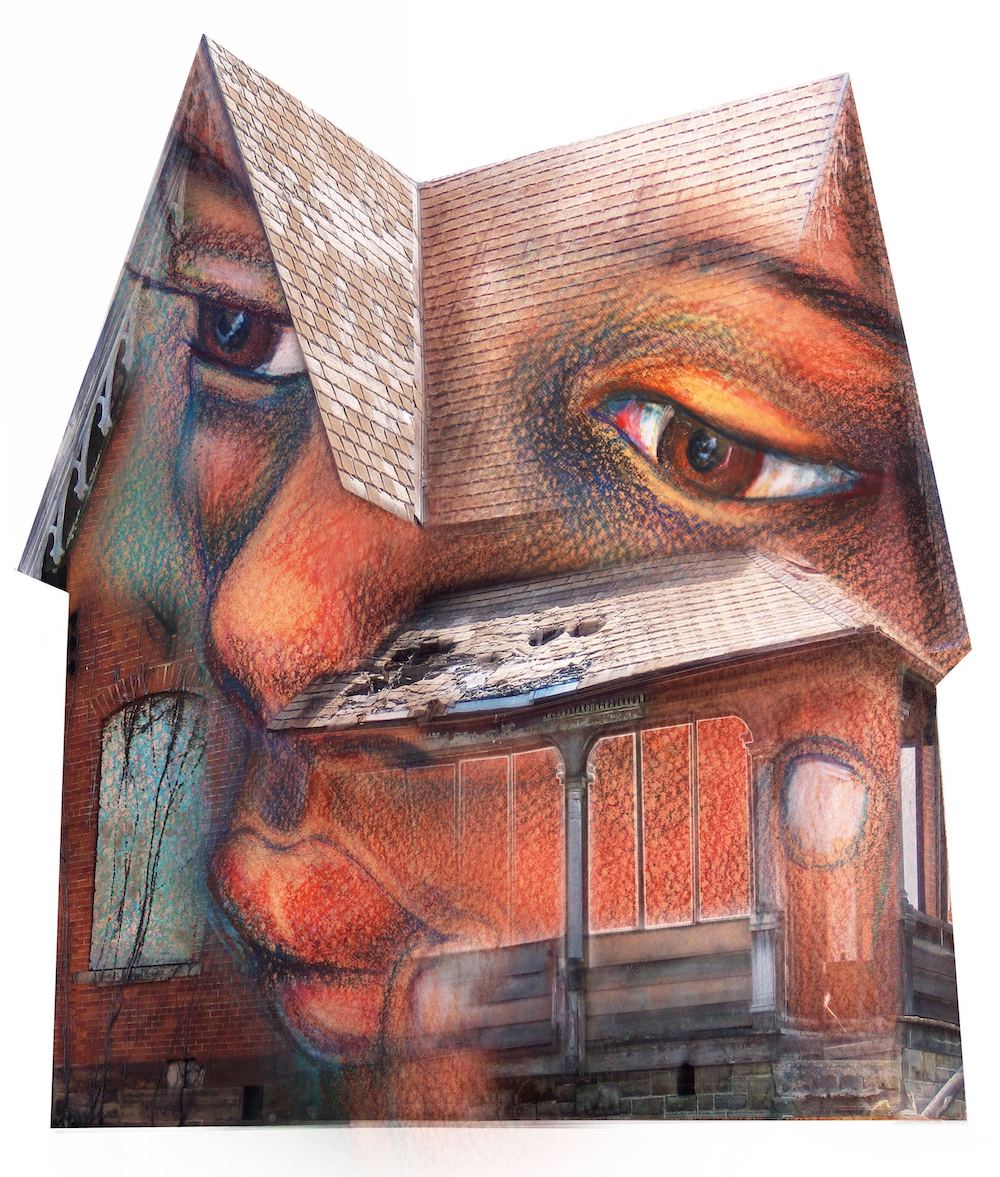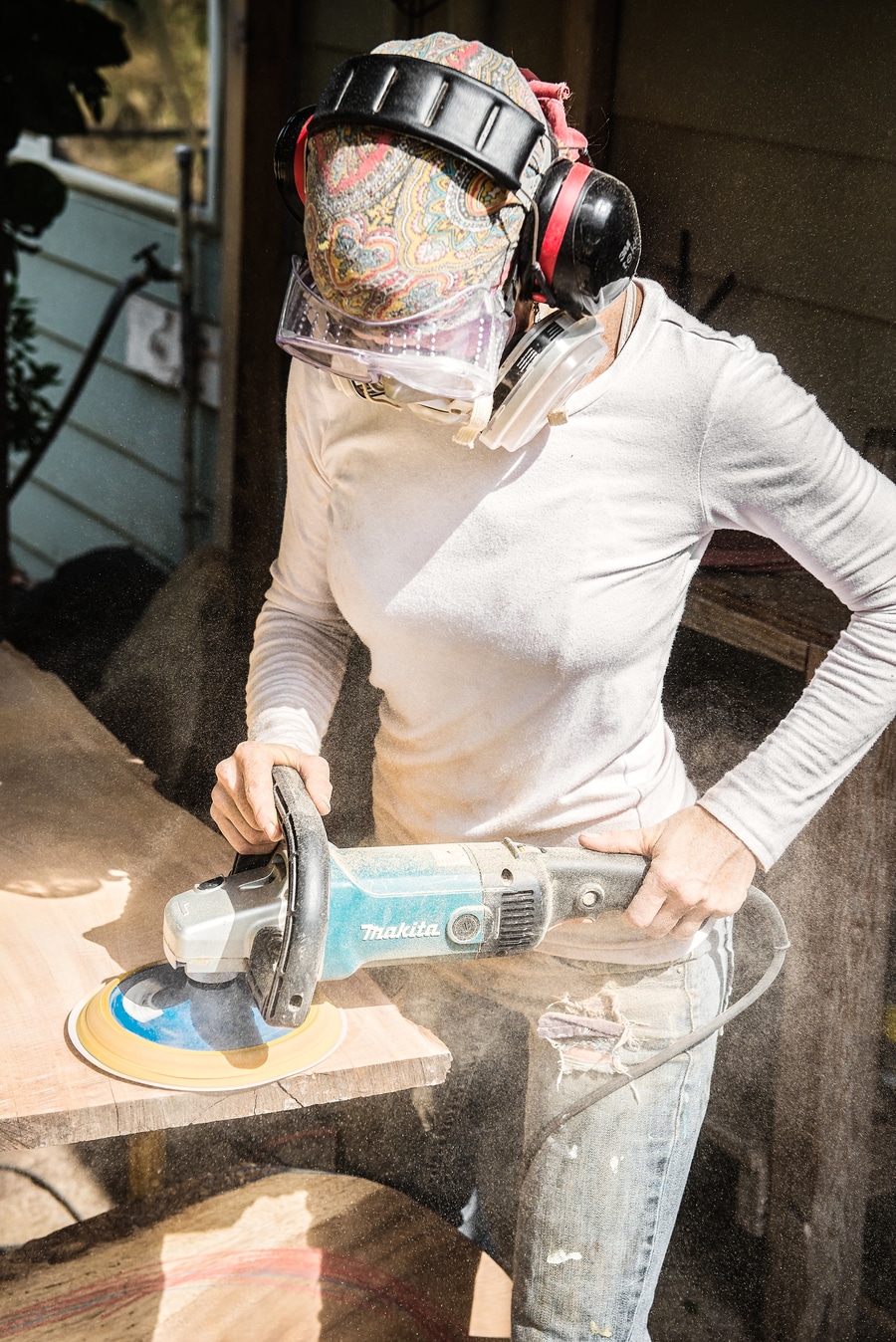
Missed Connections
Last week I attended two vastly different art world events, and they really got me thinking. The first was Art Advising 2.0 – Vertigo & Accountability, hosted by Stropheus Art Law at Sotheby’s Art Institute in Manhattan. It was a panel discussion among art dealers, advisors and lawyers concerning the roles and responsibilities of professionals who assist collectors or art buyers in selecting their purchases. Since visual art is such a hot commodity these days, with sky rocketing prices, fairs too numerous to count, and only self-regulation of the art advisor profession, this is a timely and very worthwhile topic. I was struck, however, by the paucity of artists and collectors in the room. Their counselors were speaking to each other about how best to monitor and manage the industry.
The second event I attended was #SELLOUT at Reverse Space in Williamsburg, Brooklyn. A pop-up group show of installation and visual artists, it was a big party, with several different artists showcasing their work, mostly to their peers and each other’s networks. I did not notice many dealers, advisors or collectors in the room, let alone representatives from the aforementioned Stropheus event. I’m not sure how much of a career-building exercise the evening was for the artists involved, but it certainly made a lot of noise in the moment.
When these two experiences mingled in my brain, I was reminded of the Candid Camera bit with two secretaries on the phone. Each is instructed NOT to put the call through to her boss until the other one’s boss is already waiting on the line. Each one tries everything she can think of to convince the other to get her boss on the line first. Hilarity ensues, and in the end, the two bosses do not speak to each other. The deal does not get done.
Speaking Candidly
I applaud Stropheus and #SELLOUT for their advocacy. They are both working to make sure the creator of the artwork remains an active participant in its sale and placement at a moment when the industry as a whole seems to have other plans.
I do not believe that today’s artists are unequipped to interact directly with collectors or their advisors, or that buyers should not interact directly with artists or their gallerists. That is not to say that dealers and advisors do not have a crucial role to play. Artists from #SELLOUT could certainly benefit from the counsel of a top-notch dealer, and it would have been exciting to see some top-tier advisors at that event.
To establish a healthy environment, two things must happen: 1. Artists and collectors must become better informed – not to exclude expert counsel, but to use it effectively to make their own decisions and run their own businesses. 2. We must bridge the chasm between nosebleed-level commoditization and fly-by-the-seat-of-your-pants promotion. Somewhere in the middle is where a majority of artists earn a living and a majority of collectors obtain works that enrich their lives. To accomplish this, we must work in concert, not at cross-purposes.







